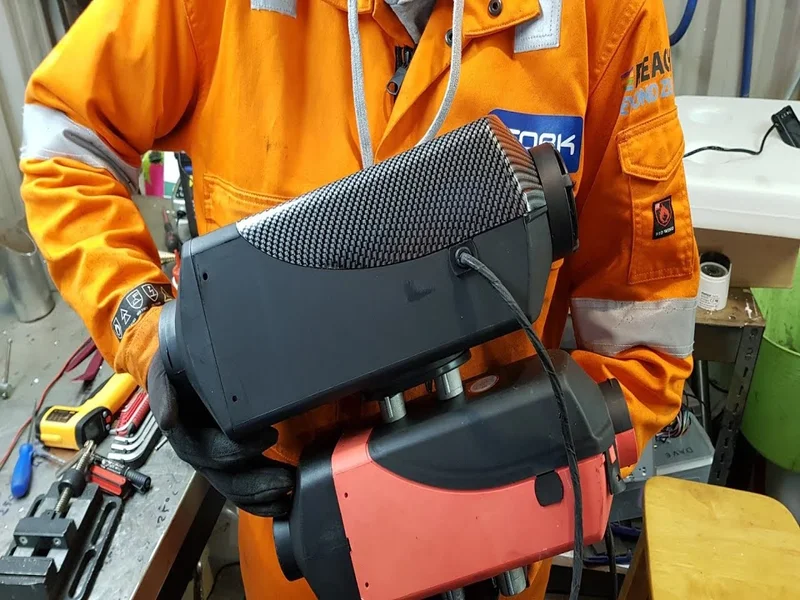Laminate floors are an excellent choice for RV flooring because they have a floating installation that does not have the same problems as glue and nail-down floors with the constant shifting of the RV’s frames and subfloors. This floating floor doesn’t use adhesives and can shift with the moving vehicle without getting damaged.
Keep reading to learn how to install laminate flooring in your RV and some of the problems and issues you might encounter with laminate flooring.
How to Install Laminate Flooring in an RV
Once you choose which laminate flooring you would like to have in your RV, you will need to figure out how to install it. Here are some easy steps to walk you through the process.
- Use a flat pry bar to pry the base shoe or quarter round away from the baseboard. Ensure you are preserving the molding face by removing the nails from the back with pliers.
- Remove any flooring or carpeting that your RV currently has.
- Sweep and mop the subfloor.
- Install a layer of vapor barrier and underlayment. The vapor barrier will be a separate plastic sheet followed by a foam underlayment or a combination of both plastic and foam underlayment. There should be instructions for proper installation from the manufacturer. You will probably need a utility knife or a table saw to cut pieces to size.
- Start laying the laminate along the longest wall remembering that laminate requires space from the wall but check the packaging for specifics. Attach the boards end to end using as many whole pieces as possible. You can cut any parts you need to fit once the row is complete.
- Start the next row making sure to stagger the end joints of the planks. Check the manufacturer’s instructions on attaching the next row to the previous row. Most floors will need a rubber mallet to fit them into place, or they have adhesive strips to press down to keep them in place.
- Once you lay down as many full-length pieces as you can for each row, you can use a utility knife or a table saw to cut pieces to fit and finish the row. Ensure you are doing this as you go one row at a time, or you won’t correctly install the end pieces. You can make templates in cardboard for odd shapes, such as cupboards.
- Reattach the base shoe or quarter-round molding to cover any gap between the laminate and the walls by nailing it into place with a nail every 12 to 18 inches. Fill in any nail holes with wood filler or painter’s caulk in the appropriate color.
The key to this project is patience as you measure and make templates for each row. If you have any trouble with installing your laminate flooring or feel intimidated by the project, you can contact a contractor in your area to do the installation for you.
Problems with Laminate Flooring in RVs
There are some things to be aware of before you rush out to get your laminate floor to renovate your RV.
One issue to keep in mind is the possibility of warping over time. Laminate floors are a cheap and better-suited alternative to vinyl or wood flooring in an RV which means they won’t last forever. However, laminate floors are less likely to warp than vinyl flooring, so it’s still a better option.
Also, keep in mind that laminate floors are slippery at times, so if you’re going from carpeting to laminate, it could take some time to get used to the slippery surface, especially when the flooring is new. Laminate can cause problems if anyone using the RV has trouble walking or children who might be more prone to slipping.
Look at the materials closely
Some laminate floors contain formaldehyde, which can be hazardous if not treated correctly. Over-exposure to formaldehyde can cause respiratory issues and irritation in the eyes and throat. Ensure that you pick a laminate floor approved by a toxins control institution in your country, such as the American National Standards Institute (ANSI).
Final Thoughts
In most instances, a laminate floor is an excellent option for your RV because it is a cheap way of getting a wood or tile flooring effect without the warping and other damages that can happen. Laminate avoids those damages by being a floating floor. However, there is a give and take with laminate as it can warp over time and not be as durable.








